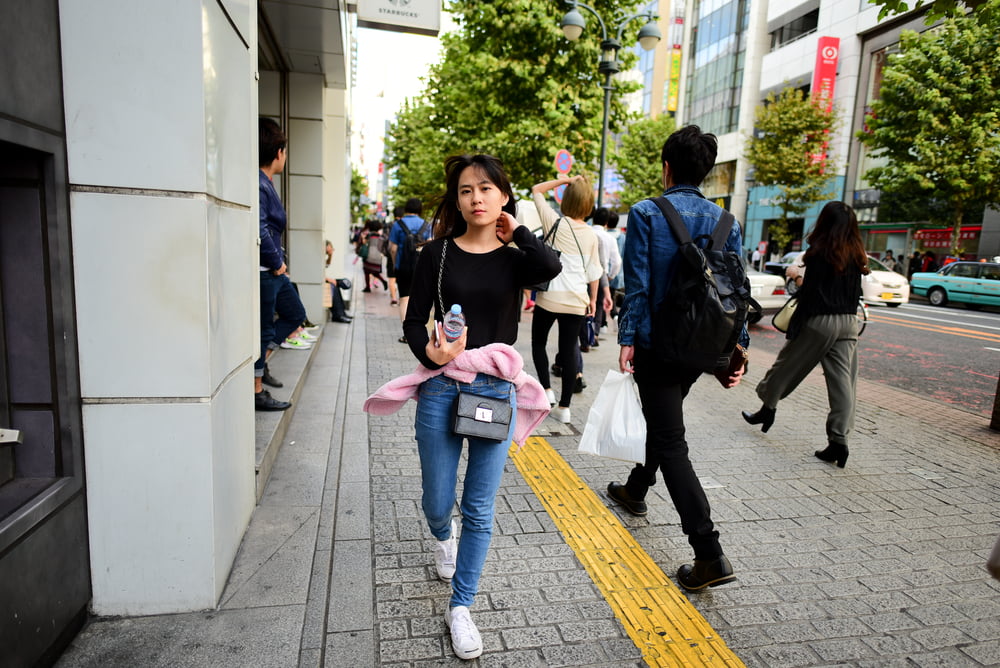Most people look at robots as an invasive form of technology. After all, surely they are out to take our jobs sooner or later and will only cause more problems as time moves along. MIT has come up with a new robot that politely nudges crowds when necessary to move along. That is quite an unusual form of technology, although it also makes a lot of sense. Especially when robots are used as tour guides or delivery vehicles, a little politeness can go a very long way.
A Polite Pedestrian Robot
The use cases for robotics are virtually limitless. The automation of particular tasks and jobs will make the world look very different a few years from now. Surprisingly enough, tour guides and delivery robots will become a lot more common than one may think. When that happens, however, a bit of politeness and courtesy will go a long way.
The image most people have in their heads when it comes to robotics is one of lifeless machines. Additionally, they are pretty crude and even rude at times. MIT is showing the future does not have to be so black-and-white. In fact, a new robot developed at the institute is designed in such a way that it can navigate crowds in a polite manner. This will be extremely useful when navigating through busy pedestrian environments.
This droid knows the social norms of pedestrians’ movements. It can pass pedestrians on their left or right side, or take one side of a corridor. It seems this project has been in development for quite some time, as it had to be trained to adhere to cultural differences. All of this is achieved thanks to multiple cameras and laser sensors attached to the top of the robot.
Being able to recognize humans and stay out of their way is the best approach for pedestrian robots right now. Even though they should not fear humans generally speaking, there will always be individuals who will try to make fun of the droids or poke them to test their reactions. Socially aware navigation is one area of research which deserves further exploration. Frequent interactions with pedestrians will eventually become the norm for delivery robots and similar robot-like services.
The MIT team mainly wanted to build a navigation algorithm capable of prioritizing humans. Navigating obstacles is one thing, but navigating among moving humans is something else entirely. It requires the robot to adapt to ever-changing conditions on the sidewalk and avoid foot traffic. Leaving a wide berth when passing someone is natural to humans, but it isn’t as straightforward for robots. It will be interesting to see how this technology can navigate during rush hour, for instance.
To work, this robot uses some form of machine learning. That is not the traditional solution, as reinforcement learning works rather differently. Systems are trained through trial and error as well as interaction with their environment. As such, it makes a lot of sense to be used for this particular purpose. The next goal is to improve on the robot’s capability to handle busier crowds in urban environments. Still, this is a major development which deserves more recognition.

